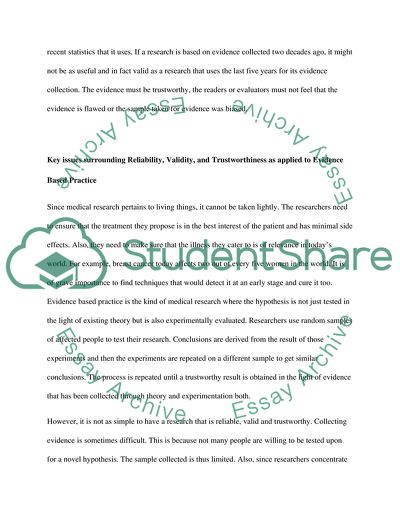Cite this document
(Research Methodology in Medical and Biological Sciences Coursework, n.d.)
Research Methodology in Medical and Biological Sciences Coursework. https://studentshare.org/medical-science/1740532-reseach
Research Methodology in Medical and Biological Sciences Coursework. https://studentshare.org/medical-science/1740532-reseach
(Research Methodology in Medical and Biological Sciences Coursework)
Research Methodology in Medical and Biological Sciences Coursework. https://studentshare.org/medical-science/1740532-reseach.
Research Methodology in Medical and Biological Sciences Coursework. https://studentshare.org/medical-science/1740532-reseach.
“Research Methodology in Medical and Biological Sciences Coursework”. https://studentshare.org/medical-science/1740532-reseach.


